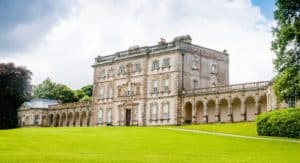Discover The Ottoman Empire’s Legacy101: Shaping Modern Türkiye’s Cultural and Political Landscape

Updated On: April 22, 2024 by Fatma Mohamed
The Ottoman Empire, which lasted from around 1300 until its dissolution in 1922, has indelibly shaped the nation that we know today as modern Türkiye. Inheriting a wealth of traditions, administrative systems, and cultural norms, Türkiye’s landscape is rich with the relics of its Ottoman past. From the minarets that dot its skyline to the legal foundations of its republic, the echo of the empire is palpable in nearly every facet of Turkish life. Our very understanding of Türkiye’s culture, society, and politics is deeply intertwined with the legacy left behind by this once formidable empire.
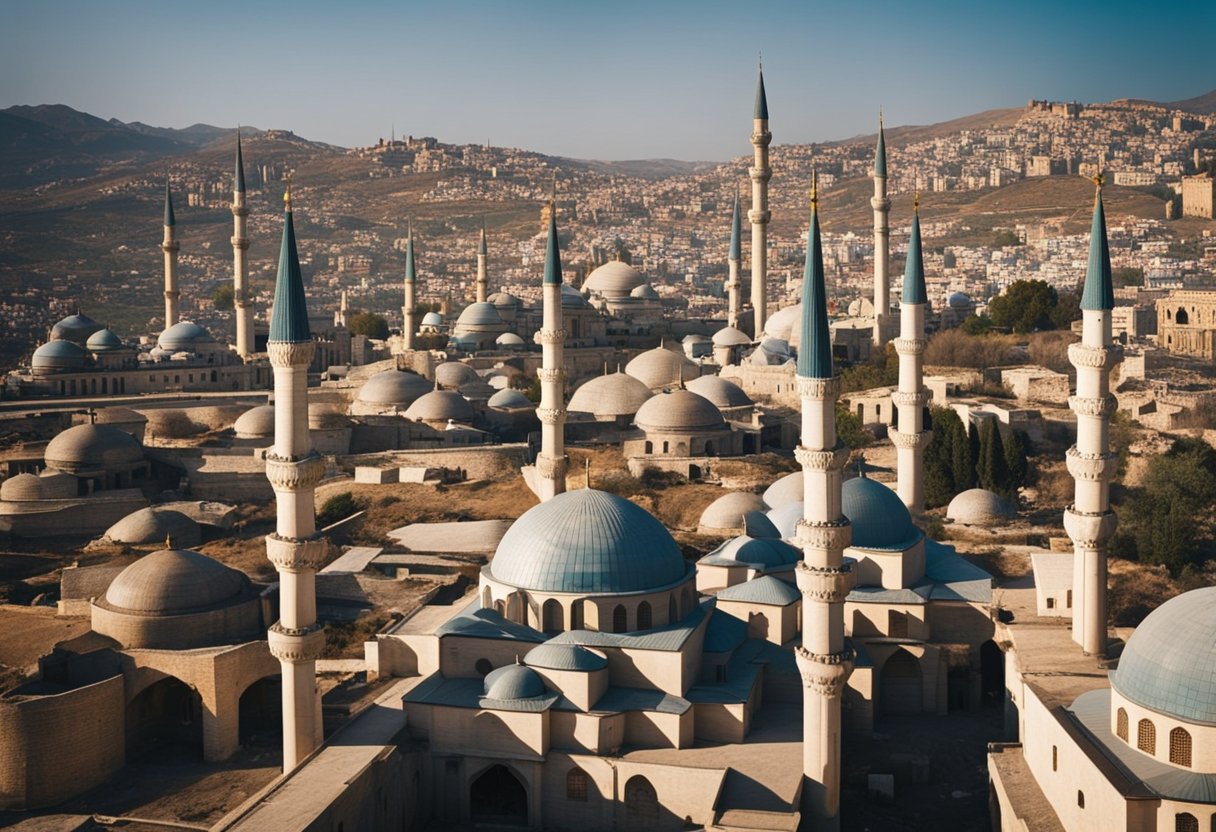
While the empire itself vanished at the beginning of the 20th century, the Ottoman influence on Islam in Türkiye remains significant, having embedded it within the national character. As we observe the rise of nationalism and the formation of the Turkish Republic, we see a country redefining its identity, often in dialogue with its imperial history. The repurposing of Ottoman institutions and the reinterpretation of its cultural heritage continue to inform Türkiye’s development in the spheres of economy, trade, and international relations, even as Europe and neighbouring regions observe and often engage with the legacy of the Ottomans in their own historical narratives.
Table of Contents
Historical Context
Within this section, we’ll explore the roots of the Ottoman Empire, the intricacies of its societal and imperial structure, and the significant cultural and religious imprints it left, which continue to be felt in Modern Türkiye.
Origins and Expansion
The Ottoman Empire began as a small state founded by Osman I in Anatolia around the end of the 13th century. Rapidly, it expanded its regions, overtaking territories from the declining Byzantine Empire. Constantinople fell to the Ottomans in 1453 under Emperor Mehmed II, marking a pivotal turning point that not only brought an end to the Byzantine Empire but also allowed the Ottomans to assert dominance over the Middle East and parts of Eastern Europe, encompassing regions such as Greece, Syria, Egypt, North Africa, and even reaching as far as the gates of Vienna.
The Ottoman Society and Empire Structure
Ottoman society was a complex hierarchy, with the Sultan at its apex, wielding immense wealth and power. Underneath him were the ruling class and military elite, followed by merchants, artisans, and peasant farmers. This structure enabled the empire to harness the resources of the vast territories it controlled, which included diverse regions spanning from the Middle East to North Africa and the Arabian Peninsula. The empire’s societal framework mirrored its territorial composition: diverse, hierarchical, and constantly evolving.
Cultural and Religious Influences
The Ottomans were deeply influenced by Islam, which was the state religion, but they also encapsulated a diverse tapestry of cultural and religious identities, including Christian communities and other faiths. The empire served as a bridge between the East and West, blending Arabian, Byzantine, and Central Asian traditions. This interlacing of cultures gave rise to a unique legacy found in modern Türkiye’s architecture, law, arts, and religious practices. The Ottoman Empire imbibed and reflected the richness of the regions it governed, leaving behind a legacy that still resonates within the cultural and religious landscape of contemporary Türkiye.
Cultural and Artistic Heritage
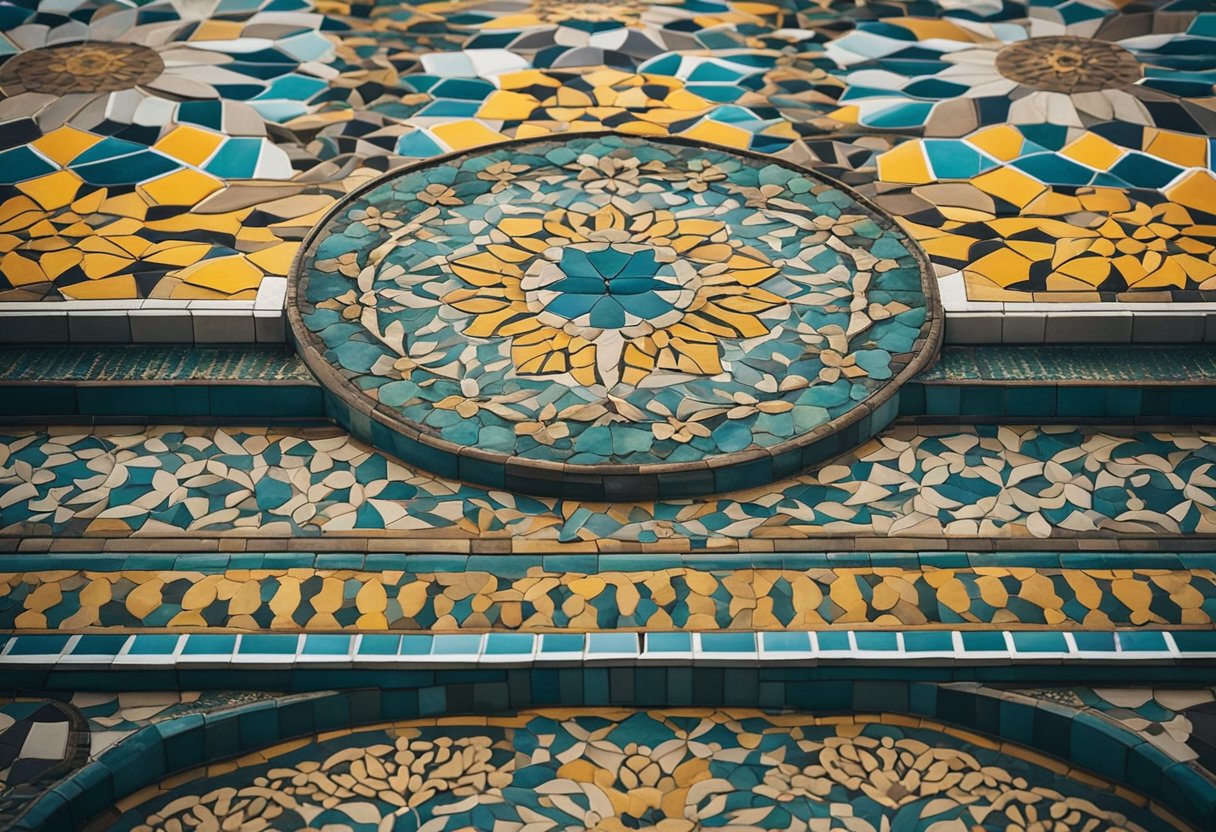
In this section, we shall examine the enduring impact of the Ottoman Empire’s cultural and artistic practices on modern Türkiye, from city skylines adorned with majestic architectural works to the refined arts that continue to influence Turkish society.
Influence on Architecture and Urban Planning
The architectural splendour of the Ottoman Empire is evidenced in the mosques, public buildings, and palaces that dot the landscape of modern Türkiye. Constantinople, now Istanbul, serves as a living museum displaying the empire’s prowess in architecture and urban planning. Innovations such as the complex built around the Suleymaniye Mosque embody a comprehensive approach to urban development, combining religious, educational, and social functions.
Arts, Painting, and Calligraphy
The Ottomans were also masters of the arts, with painting and calligraphy being particularly distinguished. Ottoman artists produced intricate calligraphy that adorned manuscripts and buildings, reflecting the importance of the written word in Ottoman society. This dedication to the arts fostered a rich tradition where, even today, Turkish artists draw upon these historical techniques to create contemporary works that celebrate the Islamic and Ottoman cultural legacy.
Ottoman Literature and Education
Literature was another domain where the Ottoman impact was palpable; it became an important facet of their culture and education systems. Scholars and poets within the Ottoman bureaucracy penned works that remained influential for centuries. Institutions such as medreses (educational institutions) nurtured scholars who contributed significantly to a breadth of knowledge that included theology, science, and philosophy. The standards they set have influenced educational practices in Türkiye right up to the present day.
Sociopolitical Legacy
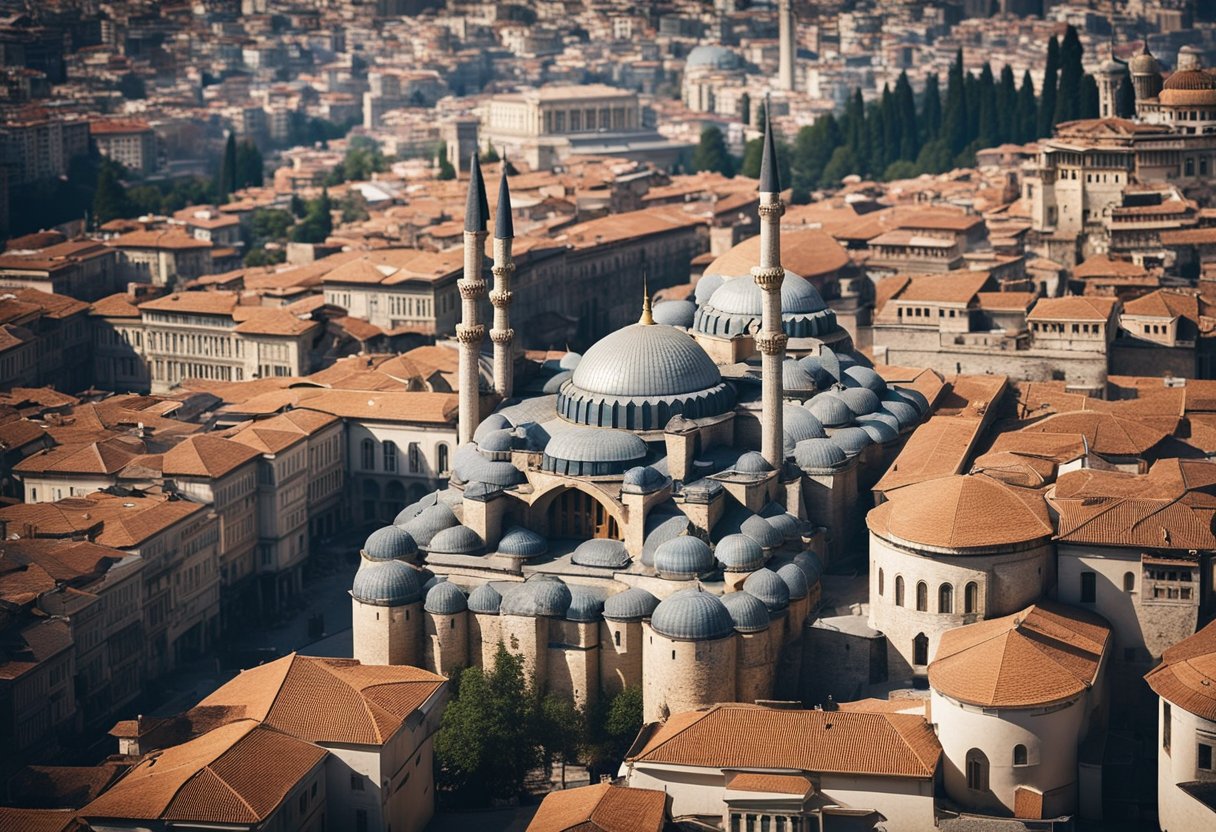
The Ottoman Empire’s complex sociopolitical heritage deeply shapes modern Türkiye’s structures and self-perception. We see this through persistent political customs and adaptations leading to the nation’s current identity.
Political Structures and Reforms
The Ottoman Empire was known for its intricate bureaucracy and reforms, especially during the Tanzimat period, which laid the groundwork for modern political structures in Türkiye. Notably, these reforms introduced equality in education and government participation, pushing the empire towards a more modern bureaucratic state. These changes started altering the power dynamics that were traditionally held by the Sultan and the religious elite.
Formation of the Turkish Republic
The transition from a sprawling empire to the Turkish Republic in 1923 was marked by revolutionary changes in political and social realms. Mustafa Kemal Atatürk, a visionary military leader, spearheaded a movement that dismantled the Ottoman monarchy, replacing it with a secular, nationalist republic. This was a distinct shift from the multi-ethnic Ottoman state to a Turkish nation-state with a strong emphasis on nationalism.
Influence on Modern Governance and National Identity
The influence of the Ottoman period on modern governance is less direct but still evident in the continued respect for state authority and traditions within Türkiye’s political life. The secular, unitary structure of the Turkish Republic today echoes the administrative centralisation efforts from the late Ottoman period. Furthermore, the republic’s formation fostered an enduring national identity rooted in the legacies of both the Ottoman past and the nationalist vision that forged the modern state.
Economy and Trade Networks
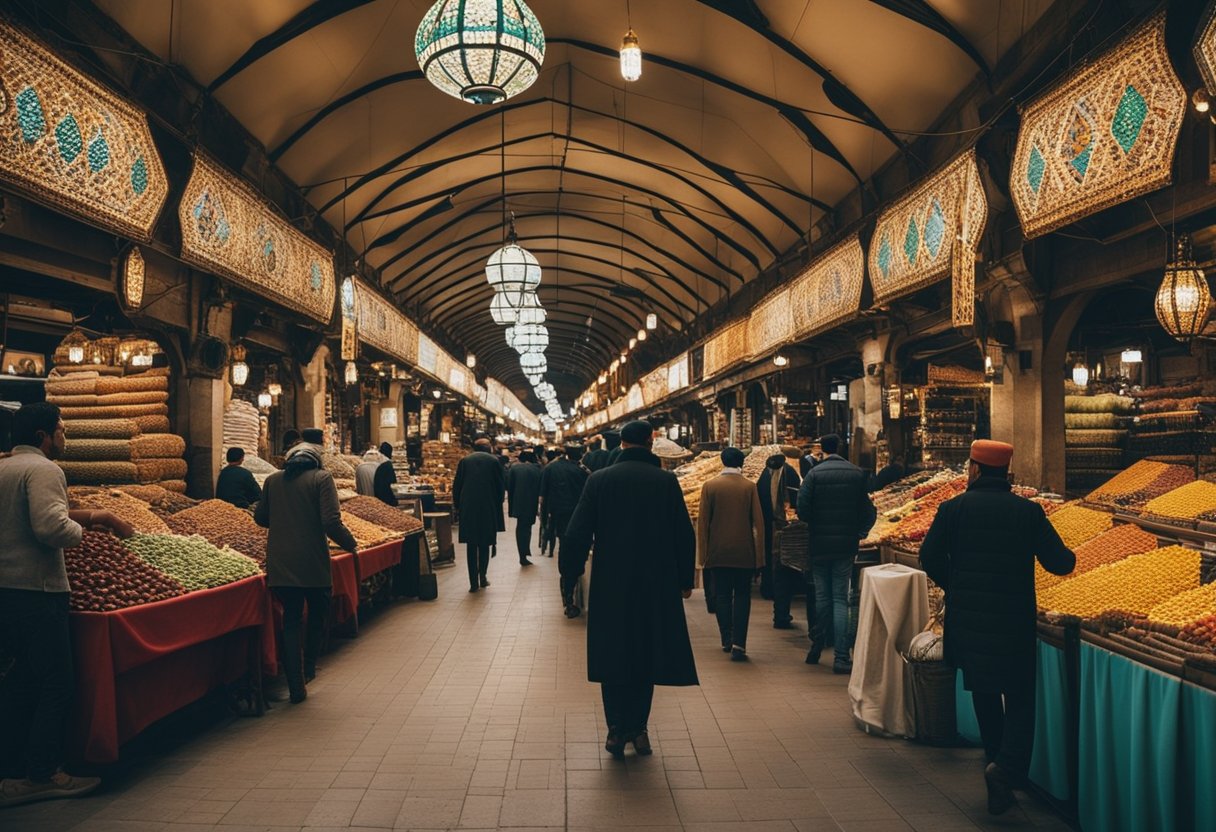
The Ottoman Empire was a hub of commercial activity, intertwining the East and West through sophisticated trade networks and contributing significantly to global markets. Let’s unpack the economic prowess that formed the bedrock of this empire and trace the remnants visible in today’s Turkish economy.
Historical Trade Routes and Economic Power
The Ottoman Empire commanded crucial trade routes that linked Asia Minor with Europe. The strategic geographic location of the empire positioned it as a vibrant nexus for mercantile activities. Our historical wealth was sustained and augmented through the management of these extensive trade pathways, which included the famous Silk Road. These routes not only facilitated the exchange of silk and spices but also fostered an economic interdependence between the East and West.
Commerce was a powerhouse of the Ottoman economy, enabling the flow of diverse goods and ensuring consistent economic growth. Moreover, economic instruments like the Ottoman Bank, founded in 1856, underscored a mature financial structure within the empire.
Impact on the Global Market and Modern Economy
Our empire’s integration into the global market had profound implications, influencing European commerce from around 1700 to the 18th and 19th centuries. The trade dynamics during the Ottoman-European relations propelled us into a process of further integration with the world economy, which had enduring effects on the modern economic fabric of Türkiye.
Today’s Turkish economy echoes the Ottoman Empire’s embrace of global trade, with a key difference being the shift from traditional trade commodities to contemporary industries. The legacy of our intricate network of trade has acted as a foundation upon which modern economic relationships have been constructed, contributing to the peripheralization of our economy at certain times yet always striving to reclaim the innovative spirit of our ancestors for economic resilience.
Military Advances and Campaigns
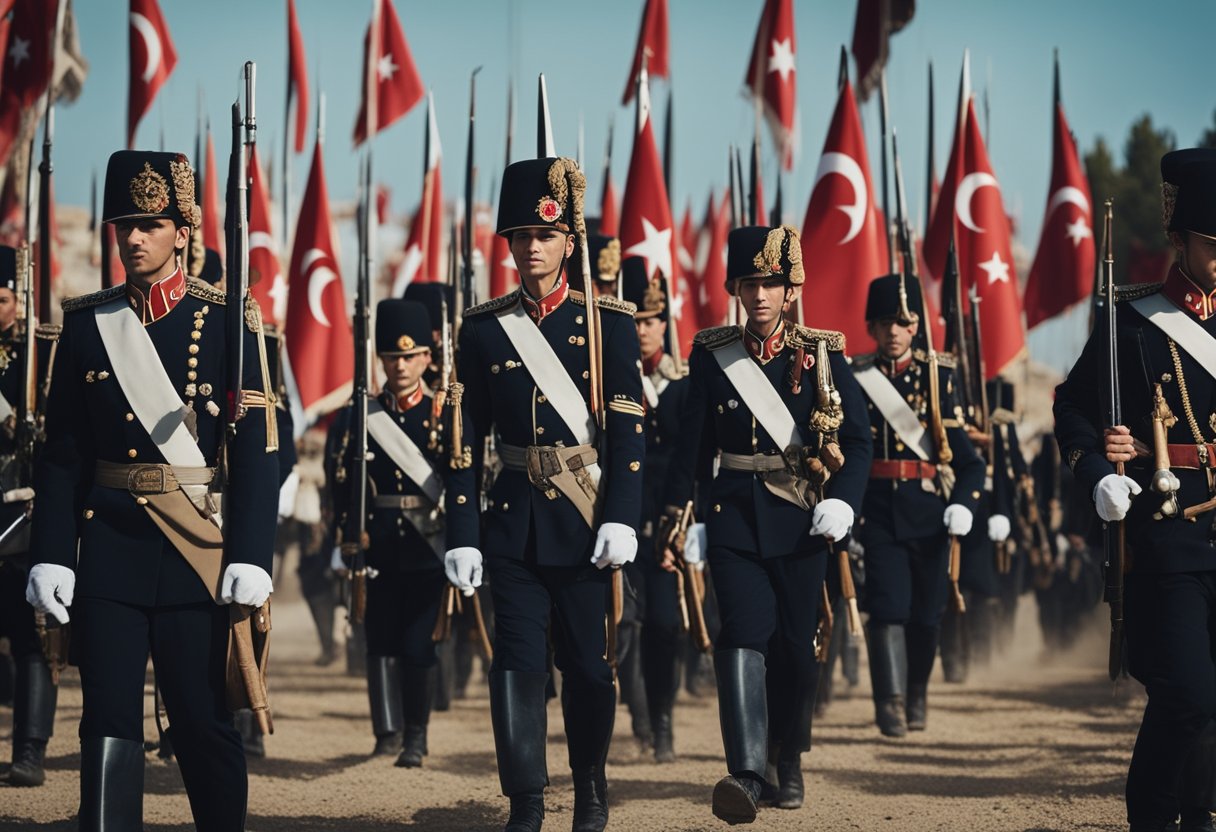
The Ottoman Empire’s military might and conquests played a pivotal role in shaping its legacy, impacting the region even up to the present day. We’ll explore the sophistication of the military structure and highlight significant conflicts and alliances that defined the Empire’s history.
Development of the Ottoman Military
The Ottoman military was a complex and formidable force, pivotal in the expansion of the Empire’s territories. At the forefront were the Janissaries, an elite corps of soldiers who were the first standing army in Europe. These troops were famed for their rigorous discipline and were one of the most feared fighting forces of their time.
Military Organisation
- Infantry: Janissaries, expertly trained and loyal fighters.
- Cavalry: Sipahis, the backbone of the Ottoman mobile forces.
The Ottoman military structure also incorporated advanced technology and military tactics of the era, which allowed them to engage in significant military campaigns that further expanded their influence across Europe, Africa, and the Middle East.
Notable Conflicts and Military Alliances
Ottoman history is marked by key battles and strategic alliances that cemented its power. Noteworthy is the Empire’s involvement in the Balkan Wars and World War I, events that eventually contributed to its decline.
Significant Conflicts:
- The Balkan Wars (1912-1913): A series of conflicts that ended Ottoman rule in Europe.
- World War I (1914-1918): A global war that witnessed the dissolution of the Empire.
Throughout its existence, the Ottoman Empire formed various military alliances, which at times helped sustain its power but also led to complex international relations that were partly responsible for its eventual downfall. These key alignments during World War I ultimately influenced the map of modern Europe and the Middle East.
Influence on Other Regions

The Ottoman Empire’s expansion and interactions with other regions left a lasting mark on the Middle East and Eastern Europe, as well as moulded relations with various European powers and other empires.
Impact on the Middle East and Eastern Europe
The Ottomans extended their reach across Asia Minor, a strategic bridge between Europe and Asia, which enabled them to influence the areas that are today part of the Middle East and Eastern Europe. Their legacy in these regions is evident in the cultural, architectural, and administrative landscapes that continue to bear Ottoman traits.
Territory: By conquering significant parts of the Balkans, the Ottomans left a profound impact on the demographics and cultures of Eastern Europe. For instance, the integration of Greek and Balkan elements into Ottoman culture is still noticeable in contemporary Turkish customs and traditions.
Middle East: Ottoman rule reshaped the socio-political structure in Middle Eastern territories. Their administration system and codification of laws influenced how these regions governed themselves post-Ottoman era.
Relations with European Powers and Other Empires
The Ottomans were adept at navigating complex international relations with European powers, such as France, Russia, and Germany. These dealings often involved both warfare and diplomacy as they sought to protect and expand their interests.
Diplomacy: The Ottomans leveraged their strategic location and military presence to become significant players in European politics. Notably, they balanced relations with France, occasionally allying against common threats.
Conflict: Clashes with Russia and Germany resulted in shifts in territorial control and power dynamics within Europe. The Ottomans‘ involvement in World War I and their alignment with Germany had lasting repercussions, shaping modern geopolitical boundaries and alliances.
End of the Empire and Its Aftermath
The Ottoman Empire’s conclusion and the birth of modern Türkiye mark one of the most significant transitions in the region’s history.
World War I and the Empire’s Demise
The Ottoman Empire’s participation in World War I ultimately led to its downfall. Allied with Germany and Austria-Hungary, the Empire faced significant battles on multiple fronts. Despite valiant efforts, the Empire was on the losing side when the war ended in 1918. The defeat in World War I brought about monumental changes; lands were lost, and what remained of the once-great Empire was left in chaos. The Treaty of Sèvres in 1920 intended to dismember the Ottoman Empire, but it was never ratified due to the Turkish War of Independence led by Mustafa Kemal Atatürk.
Foundations of the Democratic Republic of Türkiye
Following the Empire’s collapse, the establishment of the Republic of Türkiye in 1923 ushered in a new era. Mustafa Kemal Atatürk emerged as the nation’s founding father, introducing radical reforms that aimed to transform the rump state of the Ottoman Empire into a modern, secular, and nationalistic country. The Sultanate was abolished in 1922, and the caliphate followed in 1924, signifying the end of Ottoman religious and dynastic rule. Atatürk’s policies were instrumental in laying the foundations for the Democratic Republic of Türkiye, which sought to integrate with the Western world while retaining its unique cultural heritage.
Frequently Asked Questions
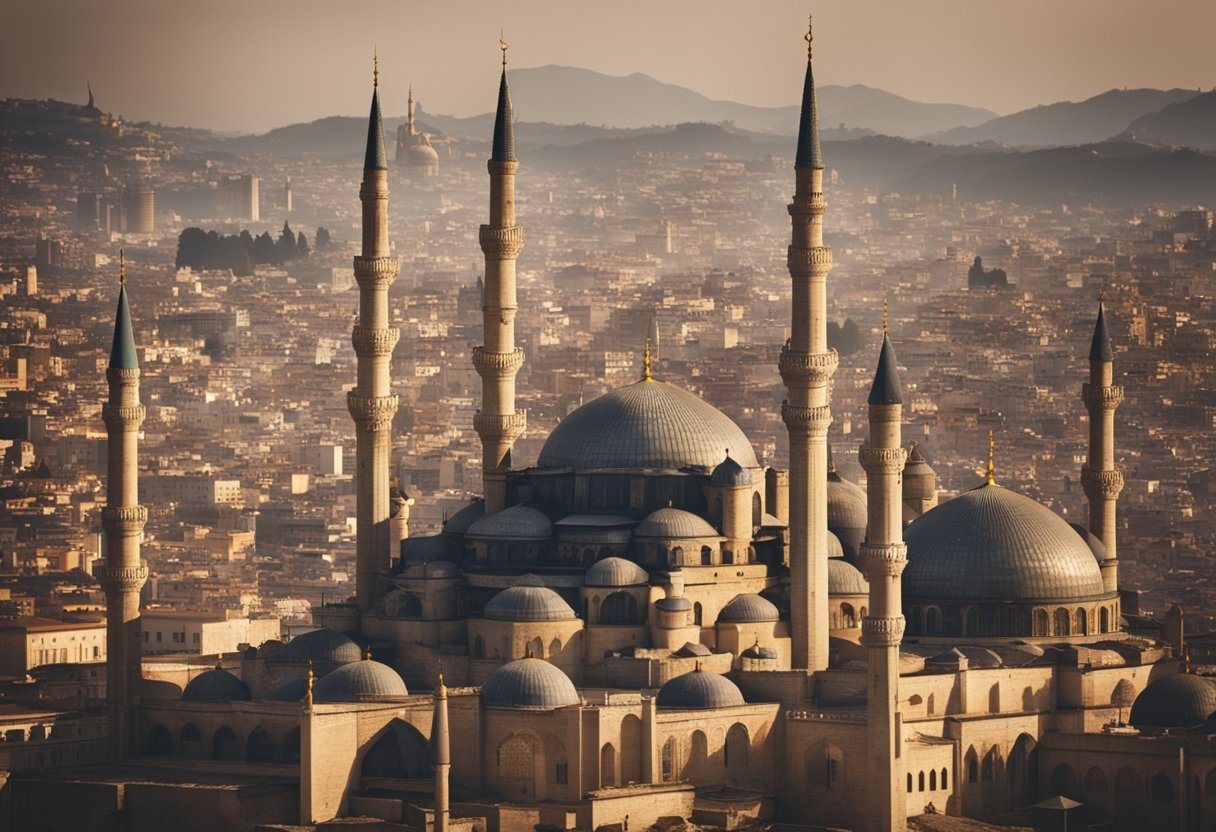
We explore the enduring influence of the Ottoman Empire on modern Türkiye by addressing some commonly posed questions.
What significant legacies has the Ottoman Empire left in contemporary Türkiye?
The legacy of the Ottoman Empire manifests profoundly in Türkiye’s culture and identity, with Islam playing a central role due to the empire’s history as an Islamic state. Ottoman contributions also include significant legal and administrative systems, language influence, and culinary traditions.
How has the transition from the Ottoman Empire to the modern Republic of Türkiye occurred?
The transition from the Ottoman Empire to the modern Republic of Türkiye was marked by the empire’s decline and subsequent reforms, culminating in the establishment of the Republic in 1923 under Mustafa Kemal Atatürk, which led to radical modernisation and secularisation.
In what ways did the Ottoman Empire influence today’s global structure and politics?
The influence of the Ottoman Empire is reflected in global structures through its historical trade routes and diplomatic alliances that shaped economic and political ties, as well as the impact on the borders and issues in the modern Middle East.
Can the cultural and architectural heritage of the Ottoman Empire still be seen in Türkiye today?
Certainly, the Ottoman Empire’s cultural and architectural heritage is evident across Türkiye, with landmarks like the Hagia Sophia and the Topkapi Palace in Istanbul displaying the empire’s grandeur through its unique fusion of Byzantine and Islamic architectural designs.
How do the legal and social systems of the Ottoman Empire impact Türkiye’s current governance?
Türkiye’s current legal and social systems exhibit the Ottoman’s influence through the adaptation of various Ottoman laws and governance practices that have been modified and integrated into modern Turkish laws and governance, including family law and property rights.
What contributions did the sultans of the Ottoman Empire make to the region that continue to be relevant in modern times?
The sultans of the Ottoman Empire made significant contributions, such as the conquest of Constantinople, which reshaped regional power dynamics and fostered the spread of Islamic culture and Ottoman traditions, some of which still resonate in today’s socio-political context.




